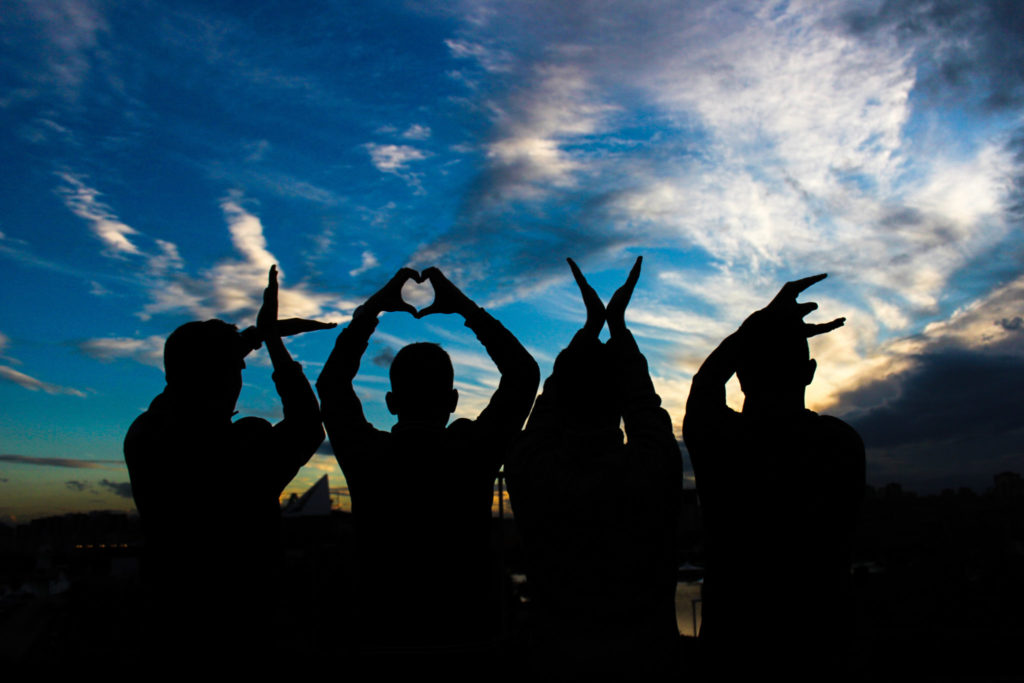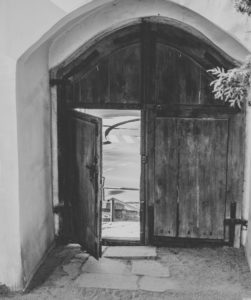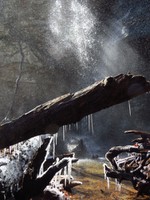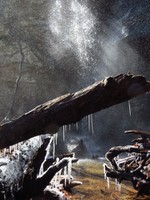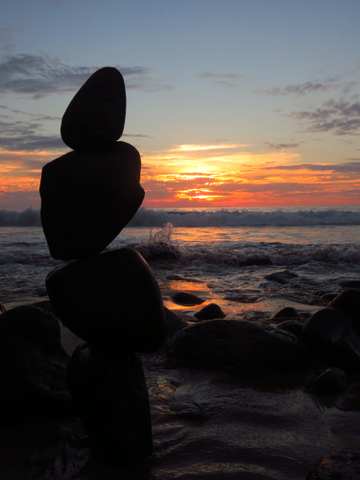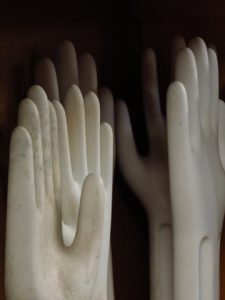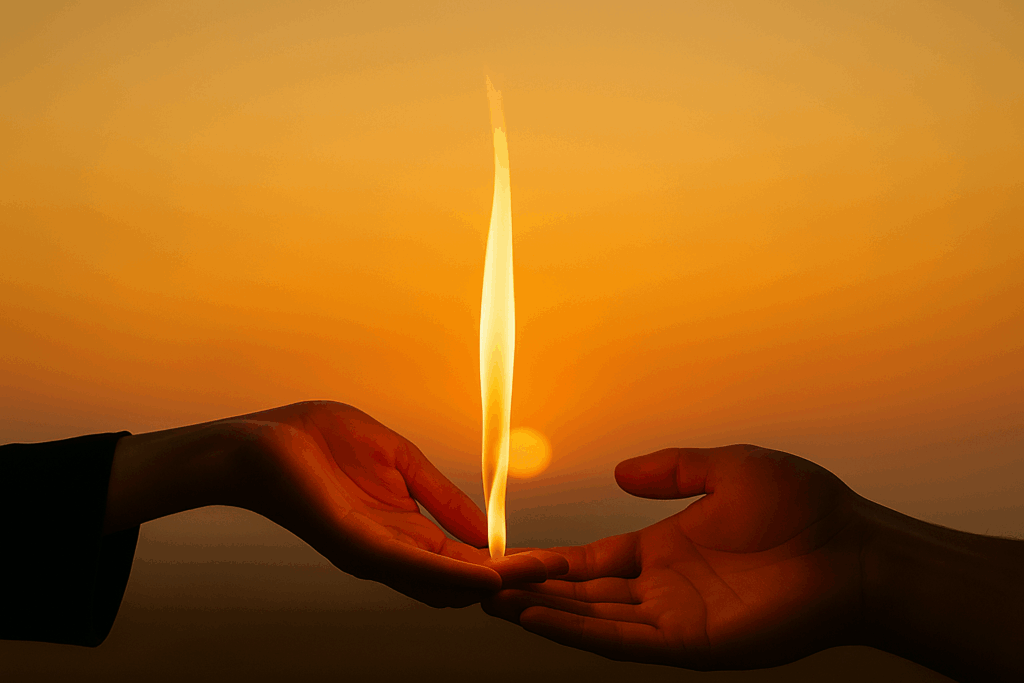
Honoring Legacy, Deepening Presence, and Leaning into What’s Next
Presence-Based Coaching is moving through a meaningful moment of evolution, one that continues the living lineage founded by Doug Silsbee, continued by Bebe Hansen, and shaped by each of you who have practiced and shared this work.
This work, and the organization that holds it, has always stood for something larger than any single leader or offering. It is a community shaped through practice, embodiment, and shared presence. Since its beginnings, this work has guided thousands of coaches and leaders in bringing awareness, compassion, and wisdom into the way they live and lead. Today, we are honored to share an important transition in the stewardship of this lineage. Beginning in January 2026, Barrett Brooks will become the successor and steward of Presence-Based Coaching and Leadership, continuing the arc of evolution, grounded in the same presence-based values at the heart of PBC.
Honoring the Lineage: From Doug to Bebe to Barrett
The heart of Presence-Based Coaching has always been its people.
Doug Silsbee, PBC’s founder, created a groundbreaking model for integrating presence and mindfulness into the practice of coaching and leadership. His work transformed not just how coaches support others, but how leaders understand and embody their own presence and awareness in the midst of complexity.
When Doug entrusted Bebe Hansen with this work’s legacy, she deepened that work, continuing to evolve the integrity of the curriculum while expanding its reach to new generations of practitioners. Over the years, Bebe has fostered a growing, global community of facilitators, alumni, and students who embody the values at the core of Presence-Based Coaching.
Now, Barrett Brooks will step forward as the next steward of this living tradition.

Continuity Rooted in Presence
This transition is about continuing a lineage of presence-based learning that has always defined PBC.
- The PBC curriculum remains unchanged, preserving the foundational teachings that have guided thousands of leaders and coaches.
- The faculty and the community relationships that make this work meaningful remain at the center of our shared experience.
- The values of mindfulness, embodiment, and systems awareness remain at the heart of everything we do.
In other words, what’s evolving is not the essence of PBC, rather its capacity. Under Barrett’s stewardship, Presence-Based Coaching and Leadership will continue to grow intentionally and sustainably, extending the reach of the work even further while maintaining the depth and authenticity that define it.
From Barrett: Leading With Presence in a Changing World
Presence-Based Coaching has profoundly influenced my own journey as a leader and executive coach. As both a student and practitioner, I have learned that real leadership is not only about strategy or expertise. It is also about awareness and the ability to meet the moment with clarity and compassion.
My vision for PBC is simple. I want to honor the brilliance of what Doug began and what Bebe has so intentionally grown. I want to continue expanding the impact of this work in ways that feel sustainable, inclusive, and deeply human. Presence has shaped my life, and I am grateful for the chance to help steward this lineage for many years ahead.
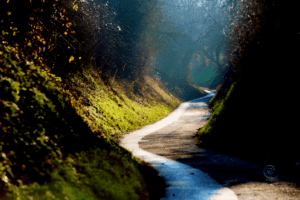
Barrett brings to this role years of experience in executive and entrepreneurial coaching, guiding high-performing leaders and creative professionals toward clarity, balance, and conscious growth. His work combines systems thinking, emotional intelligence, and embodied awareness, aligning seamlessly with the philosophy that has defined PBC from the beginning. Barrett was a PBC student in the fall of 2023 and received his PBC certification in LIPCC 2025. For more on Barrett, visit >>.
From Bebe: A Legacy Continued
This moment is both a celebration and a continuation. When Doug passed the leadership of PBC to me, it was a profound act of trust. Stewardship in this lineage has always been a practice of presence. As I pass that torch to Barrett, I do so with complete confidence. His integrity, groundedness, and embodiment of this work make him the right person to guide the next chapter. I will continue teaching, mentoring, and supporting this community that I love. I look forward to standing beside Barrett and all of you as we grow into what is emerging together.
Bebe’s ongoing presence within the PBC community will ensure a smooth transition and emotional continuity for students, faculty, and alumni alike. Her collaboration with Barrett will preserve the authenticity of the work while nurturing its next expression

Looking Forward Together
This transition is not a handoff; it is a continuation and a collective movement forward. Together, we will keep deepening the practice of awareness, embodiment, and leadership in a world that needs these qualities more than ever.
As we look ahead to 2026 and beyond, our shared commitments remain steadfast:
- To honor the legacy of Presence-Based Coaching.
- To support leaders and coaches in embodying awareness in every dimension of their work and life.
- To expand the reach of mindfulness-based, somatic, and neuroscience-informed coaching in ways that serve a changing world.
This new chapter reaffirms what has always been true: Presence-Based Coaching is, and always will be, a living practice of presence and awareness in action.
We are grateful you are part of this community, and we look forward to stepping into this next chapter together.
With gratitude,
Bebe Hansen & Barrett Brooks




